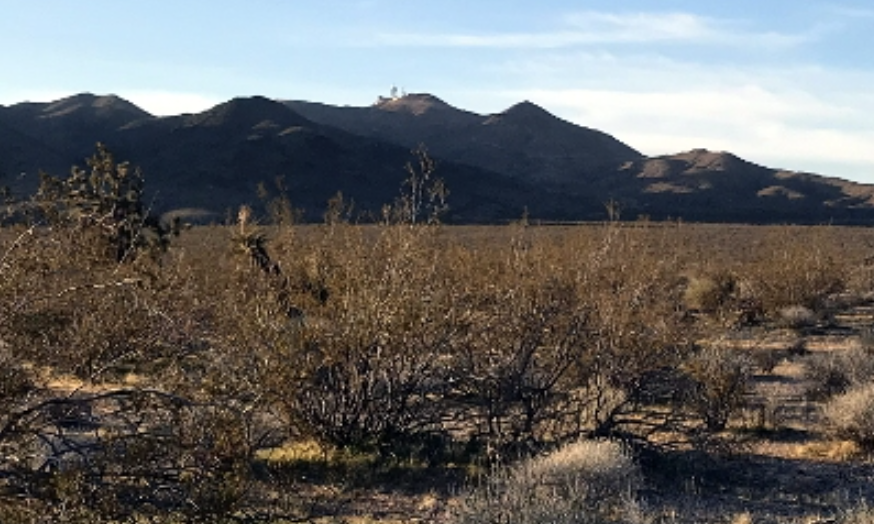San Bernardino County, California
Highlights:
- The Company maintains 24 claims designated the Turq (12) and Suz (12) claims.
- Access is excellent with numerous existing drill roads.
Location:
The Turq and Suz claims are located in San Bernardino County, California in the Turquoise Mountain area. High voltage power within 2 miles, rail within 25 miles. No nearby residences or apparent environmental issues. The Mountain Pass rare earth mine is undergoing large scale redevelopment about 12 miles east of the prospect.
Claims:
The Company maintains 24 claims designated the Turq (12) and Suz (12) claims.
The Turquoise Mountain area comprises of conspicuous and immense clay-altered area at least 2 km long by 1.5 km across with an apparent WNW-ESE elongation. On the imagery, the geologic setting appears to be the north part of a collapsed caldera with the far south end cut off by a major fault structure.
There are three porphyry intrusive centers in a 10 mile long east-west belt. There is more than a square mile of strong stockwork fracturing with iron oxides after sulfides and consistently anomalous copper/molybdenum centered on clusters of quartz latite dikes and intrusive breccias at each center. These are classic Arizona-style (Resolution) porphyry copper targets with the potential to host more than a billion tons of mineralization at each center.
University of Arizona Professor Guilbert was advisor on a thesis done here in 1971 that suggested there was excellent potential to host a porphyrycopper deposit at depth. Extensive exploration history by junior and major mining companies from 1955-1971. These exploration efforts revealed large high amplitude IP anomalies and extensive copper mineralization including 170’ of .13%. One company noted their drilling suggested an oxide resource of 48 million tons of 0.15% Cu at Middle Camp. Most of the drilling was to depths of less than 1000’ and very large areas remain completely untested at depth.
The near surface oxide suggested by past drilling and the large deep target suggested by classic porphyry copper alteration zonation. The surface exposures strongly suggest that only the tops of the porphyry systems are exposed.The actual apexes of some of the quartzlatite dikes can be seen in hillside outcrop. Alteration is dominantly argillic/ sericitic. High zinc and leadvalues also suggest that only the top of the system is exposed.Copper values at the surface range from100 ppm to more than 1%. Jarosite is common indicating high original pyrite content with leaching of copper at the surface.
Future plans include geologic mapping, systematic sampling of leached capping which will provide help to define areas for drill testing.




